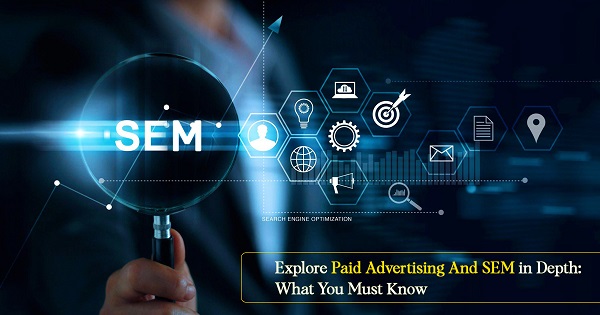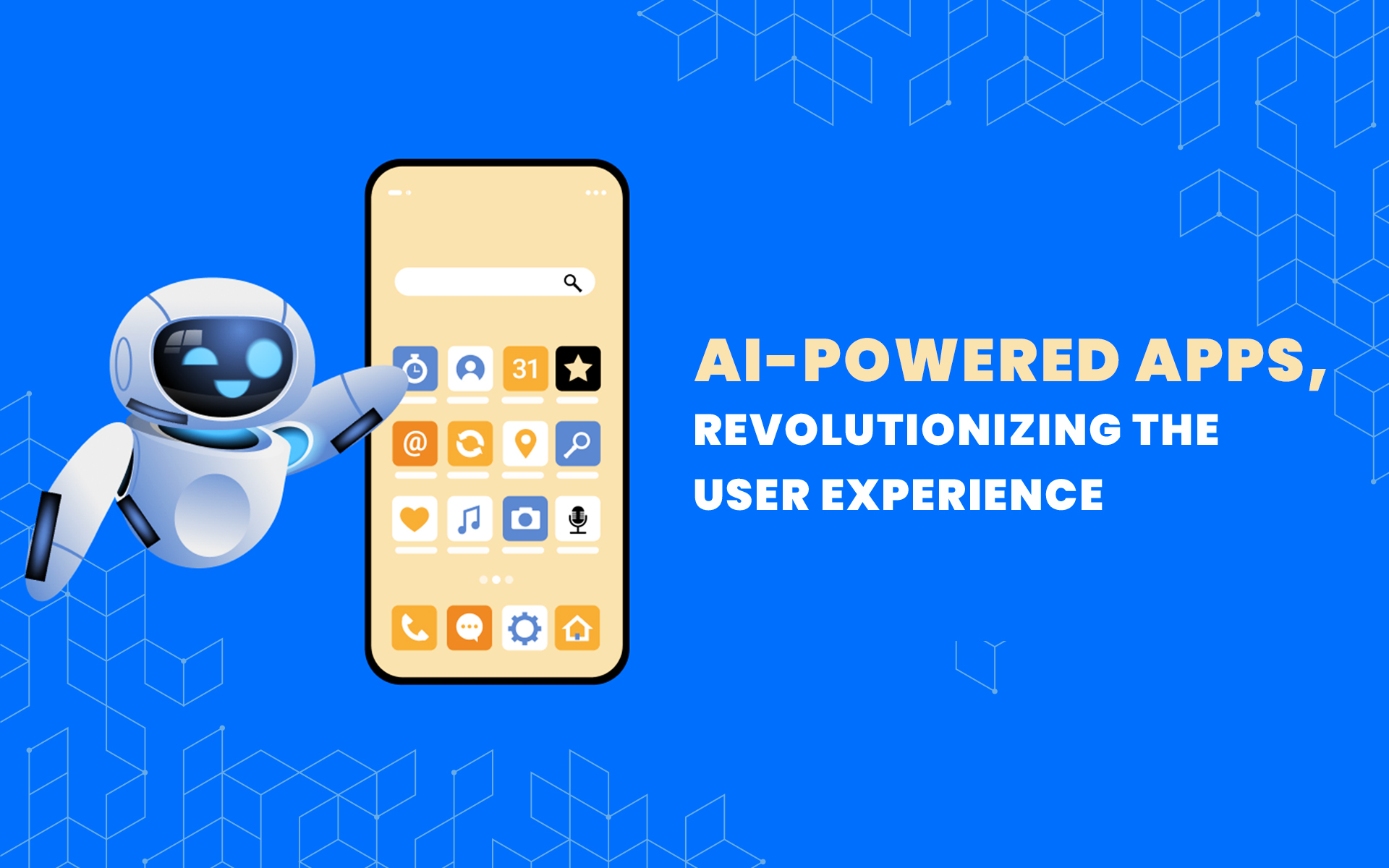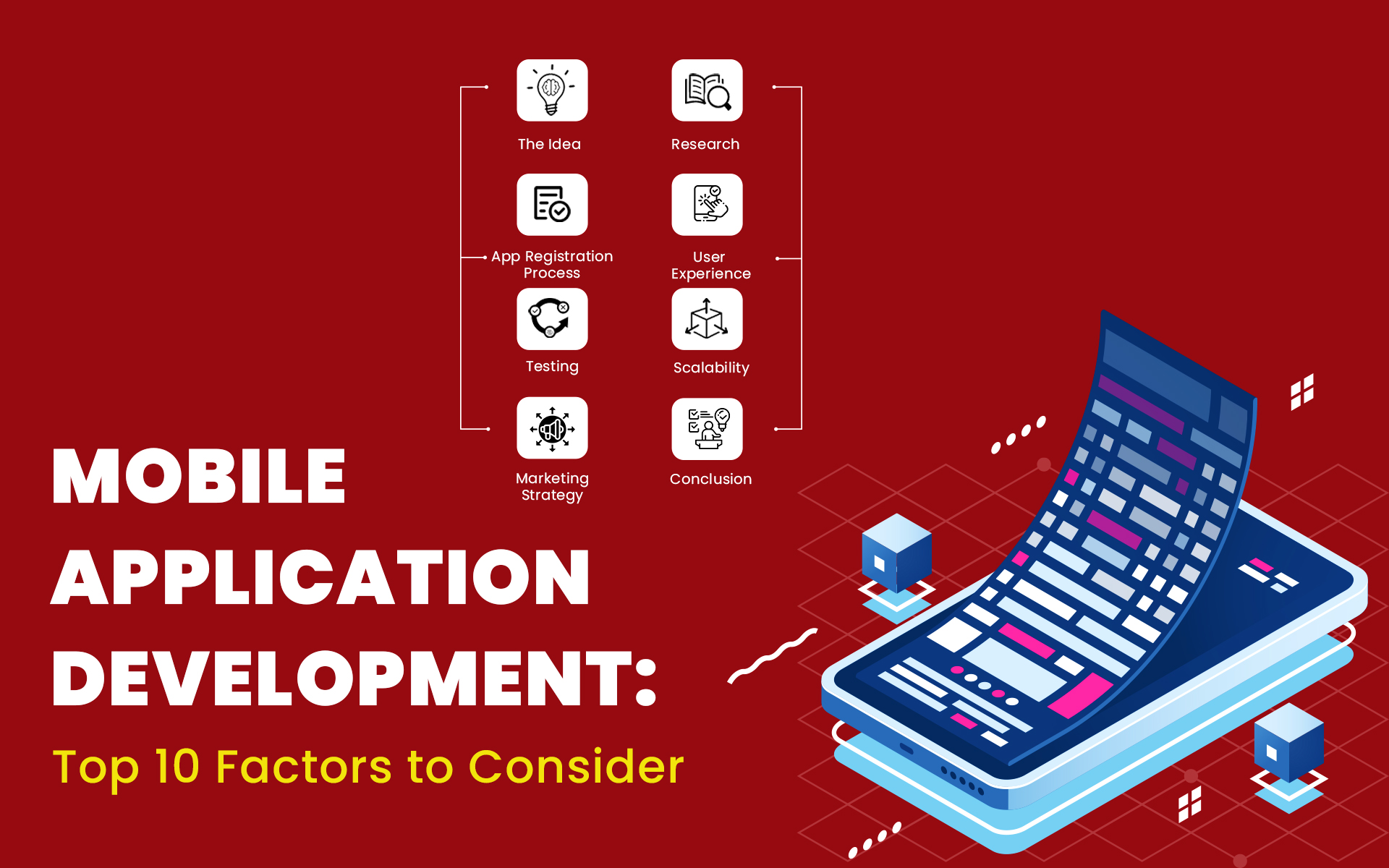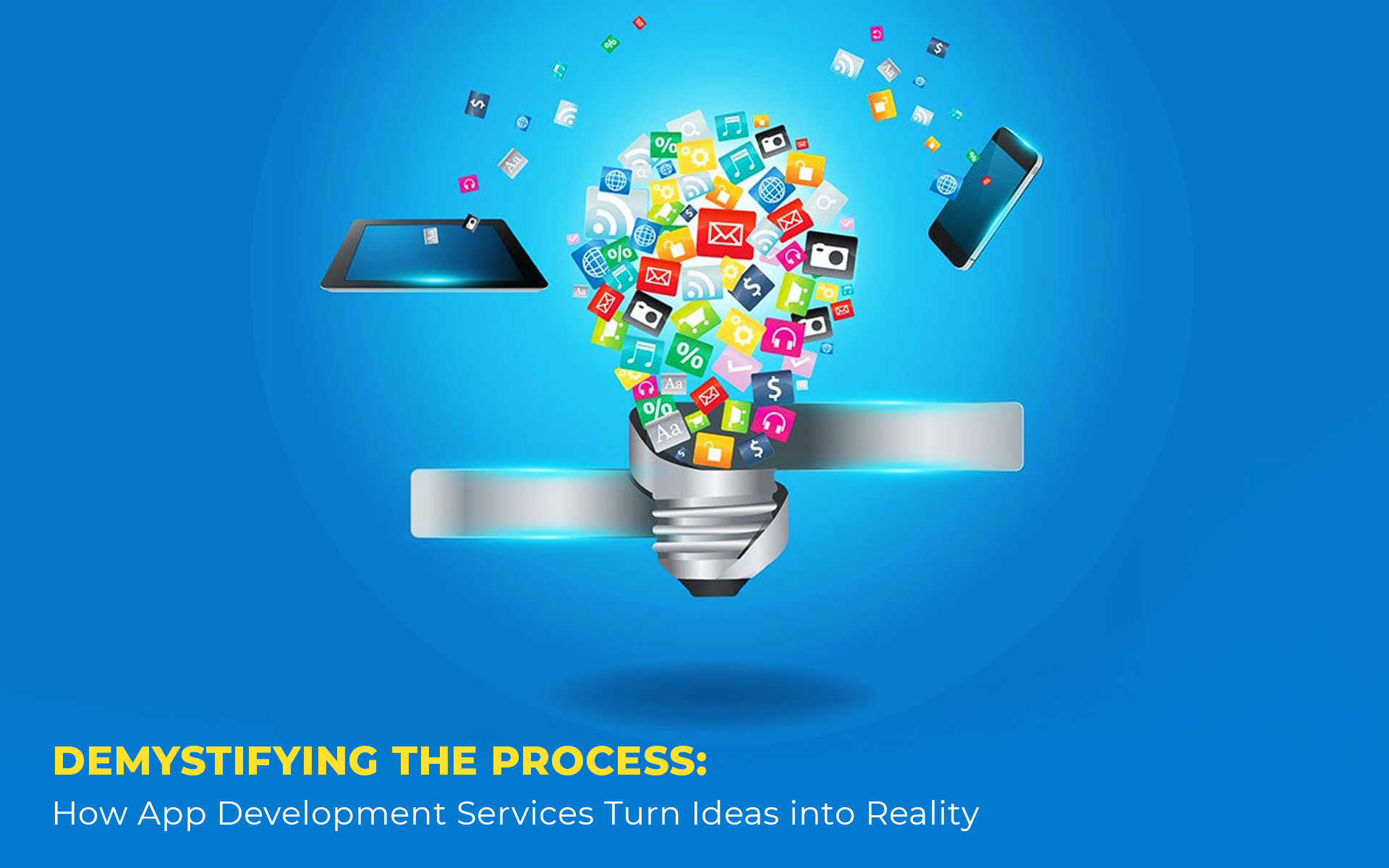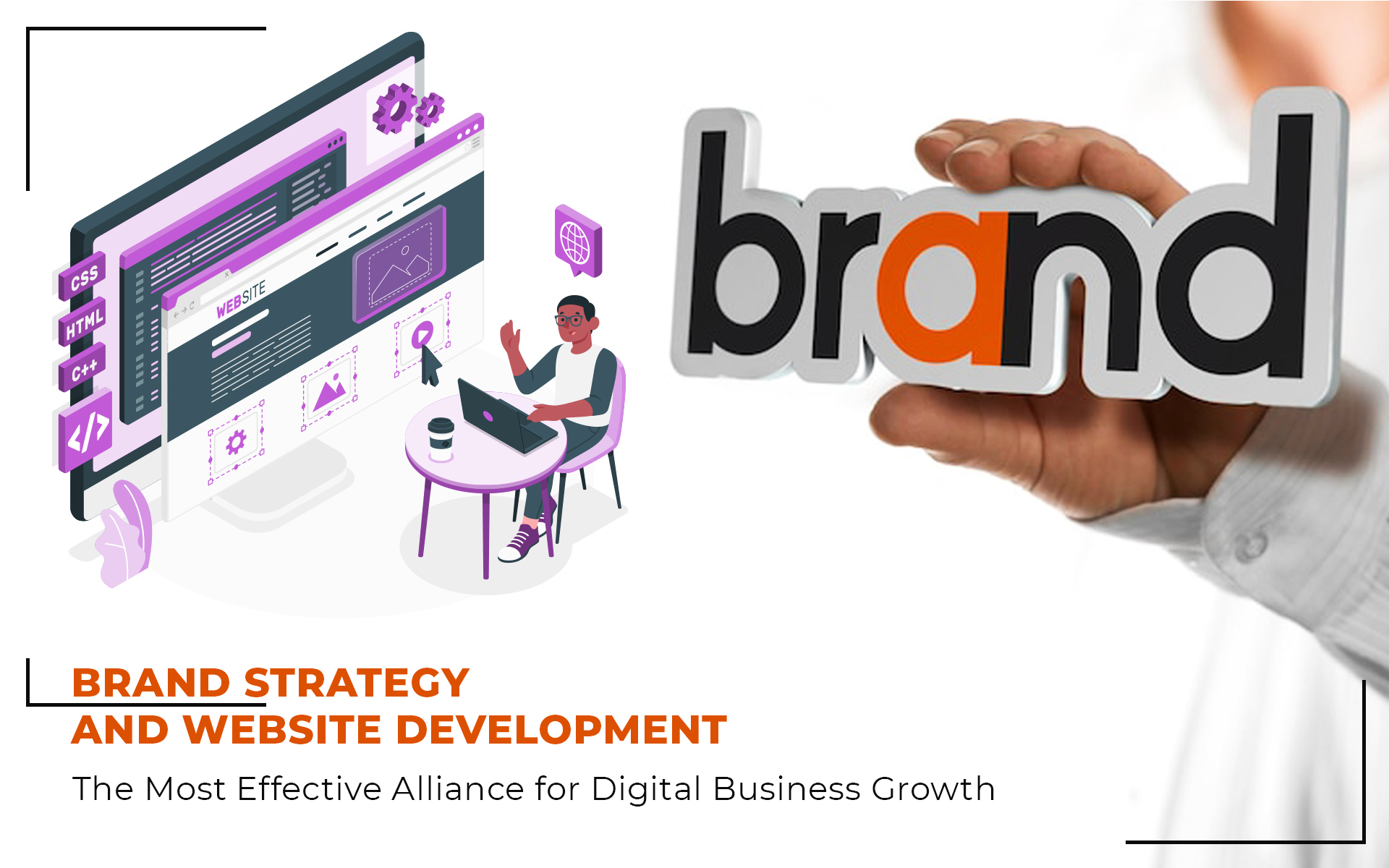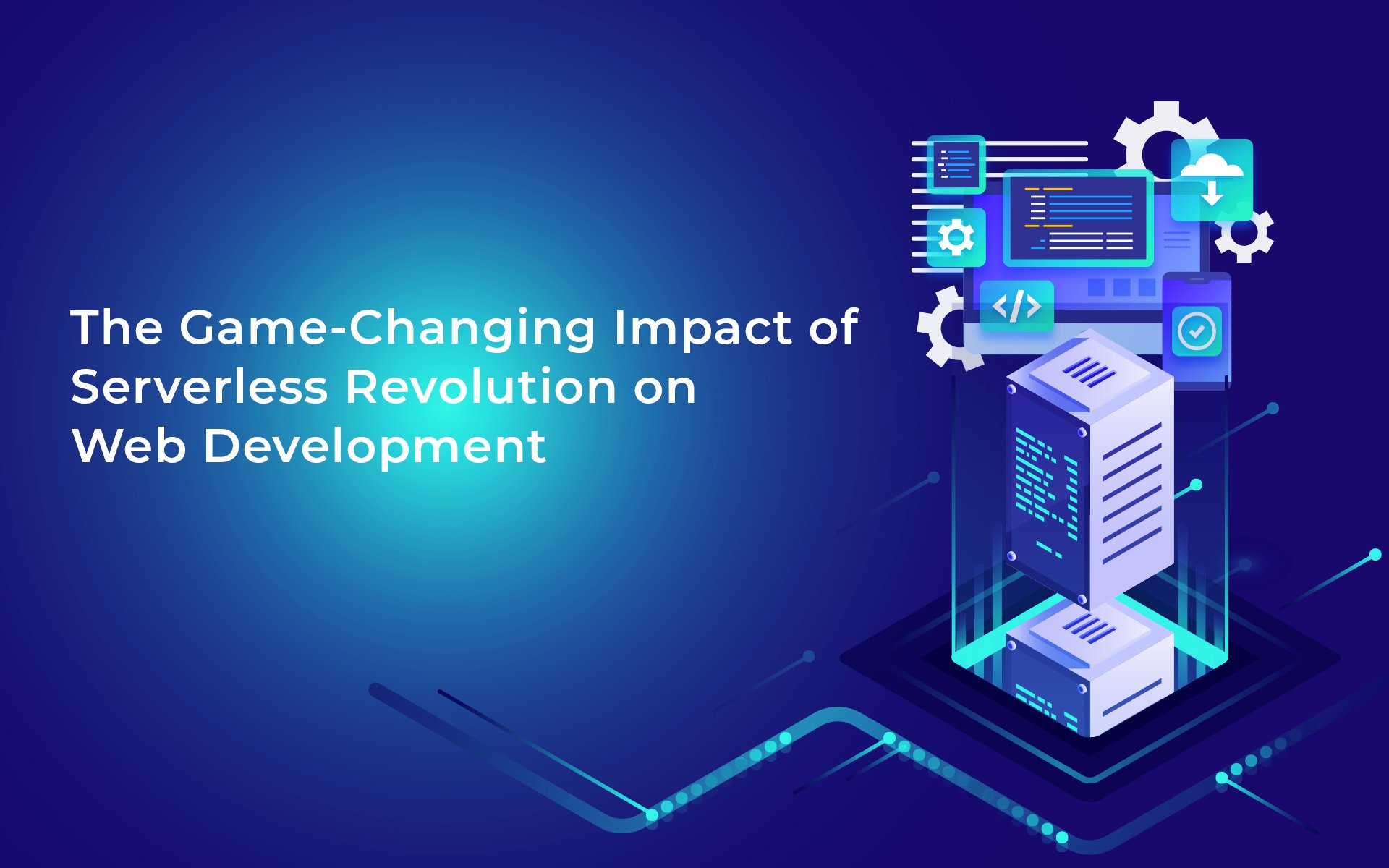Search engine marketing (SEM) is a form of paid advertising to promote your business through short marketing appearing on the search engines’ first pages. These are called ‘Ads’ and often appear on the first page when people search for your targeted keywords. Having your company and business promoted as a paid digital advertisement on search engines often increases the chances of having your website clicked on as compared to ranking high through organic keyword optimization.
Today we are going to discuss and clear your doubt about what is Paid Marketing services and SEM; what is the difference between Paid Advertising services and SEM? Also, some pros and cons of them.
Let’s start with what is Paid Marketing services and SEM.
What are Paid Advertising Services?
Paid advertising, also known as digital advertising or paid media, refers to the practice of promoting services, products, or content through paid placements on a variety of platforms, both offline and online. It involves allocating a budget to show paid ads in spaces where your target audience is likely to see them. The goal of paid advertising services is to generate visibility, leads, engagement, and conversions for a business.
Following are the paid advertising points, which can take many forms across different mediums:
Digital Advertising:
Digital advertising promotes the individual’s products or services by using platforms like mobile apps, social media, search engines, websites, and more.
Offline Advertising:
Offline advertising is also known as traditional advertising. It is used to promote the company’s product through platforms like print ads, TV commercials, radio commercials, billboards, and more.
Paid advertising services are fundamental to modern marketing strategies, enabling businesses to effectively reach and engage their target audiences in a competitive digital landscape.
What is Search Engine Marketing?
Search engine marketing is also called SEM; it uses paid advertising and organic (non-paid) to ensure your company’s website appears at the top of a search engine if a user searches for a specific keyword. SEM aims to promote a website or online content through paid advertising and non-paid on search engines like Google, Bing, or Yahoo.
SEM involves pay-per-click advertising and search engine optimization, in both ways, like free and bid on keywords relevant to their business. When users search for those keywords, the promotion ads appear at the top or bottom position of the search engine results page. These ads are often labeled as “Sponsored” or “Ads” to differentiate them from non-paid search results. Following are the types of search engine marketing –
Paid Search Advertising involves running and creating ads on search engine platforms like Google, Bing, or Yahoo.
Organic SEO services involve optimizing your business or company website and its product or service content to enhance visibility in organic (non-paid) search results.
E-commerce Search Marketing involves optimizing product listings to improve sales and visibility in search engine results.
Social Media Advertising promotes new products on platforms like Facebook, Amazon, Instagram, LinkedIn, and Twitter.
Why is SEM Important?
SEM is important for several reasons, as it offers various benefits to businesses and marketers. Given below are some of the critical reasons why SEM is important –
Increased Visibility and Exposure:
SEM allows your business website and ads to appear at the top page of the search engine when users search for relevant keywords.
Targeted Audience Reach:
SEM allows you to target specific keywords and demographics.
Measurable and Trackable:
Platforms like Google Ads provide comprehensive analytics results that allow you to track various metrics such as impressions, clicks, conversions, etc.
Remarketing Opportunities:
SEM platforms can help you re-engage potential clients and encourage them to complete desired actions.
Geo-Targeting:
This is particularly useful for businesses and companies with physical locations, as it aids in driving foot traffic to stores.
Why is Paid Advertising Important?
Paid marketing like Google Ads and Ecommerce ads, also known as paid advertising or media, refers to the practice of promoting services, products, or content through a variety of digital advertising services by paying a fee. Given below are some of the reasons which will help in understanding more about paid marketing –
Targeted Reach:
The paid digital marketing services allow you to target specific demographics, behaviors, locations, interests, etc., ensuring your message reaches the right audience.
Quick Results:
Unlike non-paid methods that may take time to show results, paid marketing can generate quick traffic and visibility.
Control and Flexibility:
It controls paid ads, budgets, creatives, and campaign schedules. On the other hand, the flexibility allows you to adjust your business campaigns in real-time based on performance information.
Complement to Organic Efforts:
It can complement your non-paid efforts (such as content marketing and SEO) by boosting traffic and visibility while your organic strategies or plans continue to develop.
Leveraging Different Platforms:
It encompasses a variety of channels, including social media (Instagram, Facebook, Twitter), search engines (Google Ads), video platforms (YouTube), etc.
Competitive Advantage:
It can give you an edge by allowing you to appear at the top or on websites, even if your non-paid rankings are not as strong.
Conclusion:
SEM is a specific form of paid advertising that revolves around paid search advertising on search engines. Paid marketing as a whole encompasses a broader array of paid advertising options across different digital platforms.
In short, SEM and paid marketing can be effective strategies for companies to boost visibility, reach their target audience, and drive traffic to their business websites. The choice of strategy depends on the business’s target audience, goals, and the platforms where their potential clients are most active.
Frequently Asked Questions:
1: What is the difference between SEO and SEM?
Answer: SEO (Search Engine Optimization) and SEM (Search Engine Marketing) are both essential components of online marketing but serve different purposes. SEO focuses on optimizing your website to rank higher in organic search results through keyword optimization, content creation, and improving site architecture. SEM, on the other hand, encompasses both SEO and paid search advertising (PPC). SEM involves paying for ads to appear in search engine results, which can provide immediate visibility and traffic, unlike the longer-term strategy of SEO. Understanding the distinction helps businesses allocate resources effectively to maximize their online presence.
2: How do I choose the right keywords for my SEM campaign?
Answer: Choosing the right keywords for your SEM campaign involves several steps:
- Research: Use tools like Google Keyword Planner, SEMrush, or Ahrefs to identify relevant keywords with high search volume and low competition.
- Relevance: Ensure the keywords are directly related to your products or services. Irrelevant keywords may generate traffic but not conversions.
- Competition: Analyze the competitiveness of the keywords. Highly competitive keywords might be costly, so it’s important to balance between high-volume keywords and those with moderate competition.
- Long-tail Keywords: Incorporate long-tail keywords (phrases with three or more words) as they often have lower competition and higher conversion rates.
- Testing: Continuously test and refine your keyword list based on performance data from your campaigns to ensure optimal results.
3: What are the benefits of using paid advertising for my business?
Answer: Paid advertising offers several benefits for businesses looking to enhance their online presence and drive traffic:
- Immediate Visibility: Unlike SEO, which takes time to show results, paid ads can place your business at the top of search results almost instantly.
- Targeted Reach: Paid advertising platforms allow you to target specific demographics, locations, interests, and behaviors, ensuring your ads reach the most relevant audience.
- Measurable Results: Paid ads provide detailed analytics and performance data, allowing you to measure ROI and adjust campaigns for better results.
- Scalability: Paid advertising campaigns can be easily scaled up or down based on your budget and goals, providing flexibility to align with your business needs.
- Brand Awareness: Even if users don’t click on your ads, consistent visibility in search results can enhance brand recognition and credibility over time.
Check out our latest update on Instagram.



